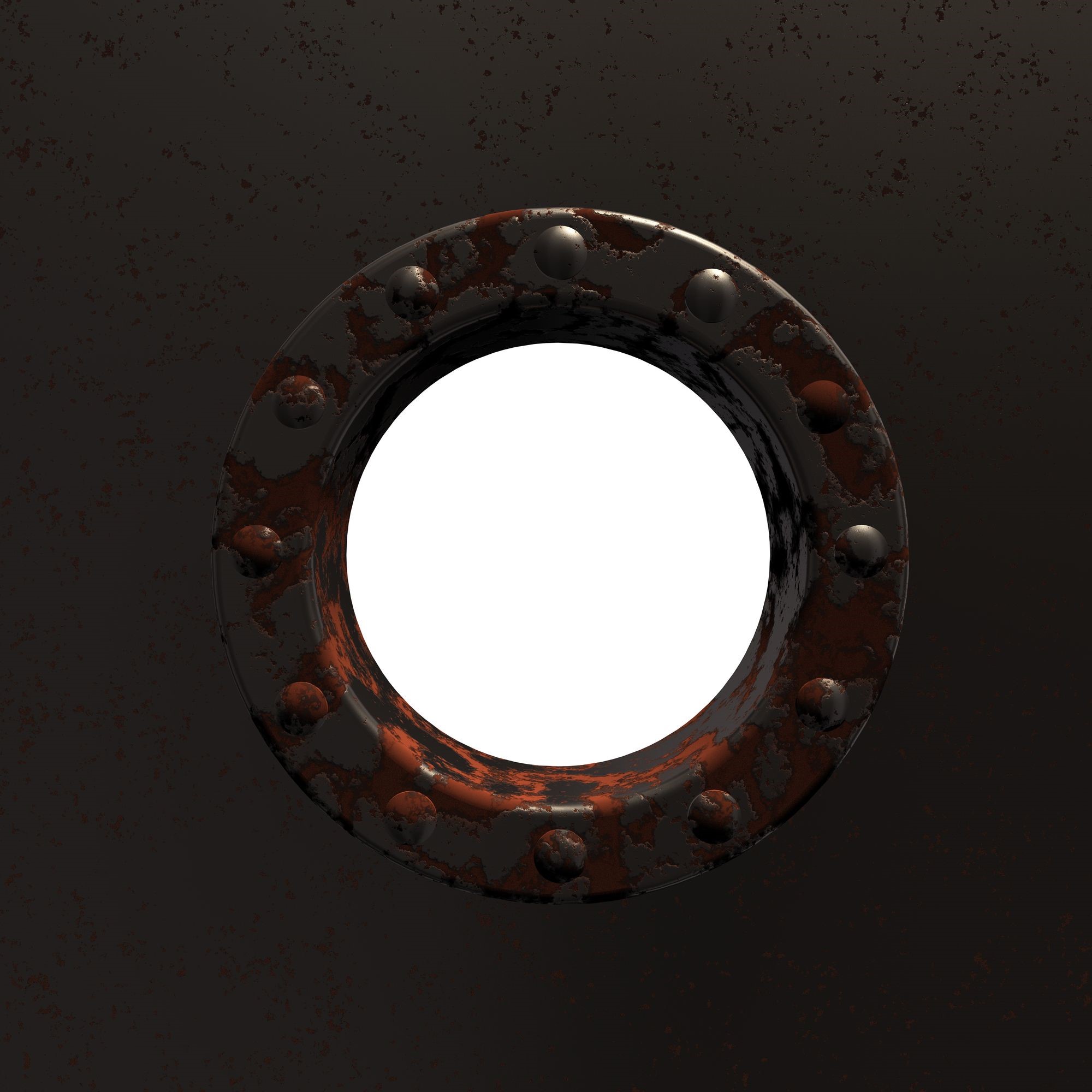Naval brass is widely used in marine construction due to its durability, corrosion resistance, and suitability to salt and freshwater settings. Brass is a popular material for propeller shafts, turnbuckles, and valve stems as well as many other marine fittings. However, sometimes, due to certain conditions, naval brass may experience dezincification, a kind of dealloying process wherein Zinc is removed from the alloy and leaves behind a copper-rich metal which is more porous. If you’re a boat maker, here’s what you need to know about the signs of dealloying Zinc, factors that can contribute to dezincification, and how you can prevent it.
Signs and Factors of Dezincification
Brass is in the stage of dezincification if you see dull red spots on the surface after extended exposure to an industrial atmosphere or mildly-acidic waters. You may also find a white substance or mineral stains on the exterior of brass fittings. Water may start weeping from bodies or seals too. Alpha-beta brass used in underground fittings may be prone to breakage once zinc has leached. In addition, meringue dezincification can result in blocked passageways of pipes and valves.
Certain conditions can cause a fast rate of dezincification. High pollution levels can induce dealloying. Highly acidic or saline waters may stimulate dealloying, especially when the ship traverses mine and industrial rinse waters. Meringue dezincification may also occur in waters that have very high chloride content.
An increase in temperature and coupling to a more noble metal may increase the risk of dezincification. Coupling happens when two different kinds of metals are coupled in a corrosive environment such as an acidic water. For instance, galvanic corrosion is an outcome of galvanic coupling, wherein one of the metals turns into the anode and corrodes faster than when it is alone, while the other becomes the cathode and corrodes slower than when it is by itself.
Preventative Measures for Dezincification
First, you must determine if your ship or boat will be mostly traveling in waters or environments where dezincification is likely. If it is, you can conduct one or more of the following methods to stop dealloying. They can avoid dezincification by improving corrosion resistance and hindering the coupling of elements in naval brass.
Certain substances can be mixed into the alloy to create stronger naval brass. Adding arsenic to naval brass can hamper zinc dealloying. High-copper brasses with 15% or less of zinc may be resistant to dealloying too. You can also consider putting in nickel silvers for greater dezincification resistance. Likewise, augmenting naval brass with phosphorous or antimony at 0.02% to 0.10% levels can make dealloying-resistant brass. Including these elements turns naval brass into an inhibited alloy.
Here’s another resolution to dezincification. A study conducted by R. Ravichandran, S. Nanjundan, and N. Rajendran from the Department of Chemistry at Anna University in Chennai, Tamil Nadu, India showed that benzotriazole (BTA) derivatives in NaCl solution may also inhibit brass dealloying. They explained that BTA derivatives can stop dezincification through directly inhibiting the active sites of brass. Once brass has adsorbed BTA derivatives, it creates a protective film for improved corrosion resistance.
Finally, you can also opt to purchase brass sheets and fittings that are dezincification-resistant. They are usually made under hot stamping or extrusion levels with a small amount of arsenic added to the alloy. Many sea transportation manufacturers are already using dezincification-resistant naval brass, particularly for marine parts that are submerged under seawater.
Dezincification now has various solutions you can choose from. Apart from preventative measures, make sure you’re buying the right naval brass by purchasing only from reliable suppliers. Brass sheets have various sizes and thickness, as well as softness, so choose a supplier who can deliver high-quality brass products for assured safety and durability.
Sources:
“Corrosion inhibition of brass by benzotriazole derivatives in NaCl solution,” EmeraldInsight.com
“Dezincification,” HGHouston.com


